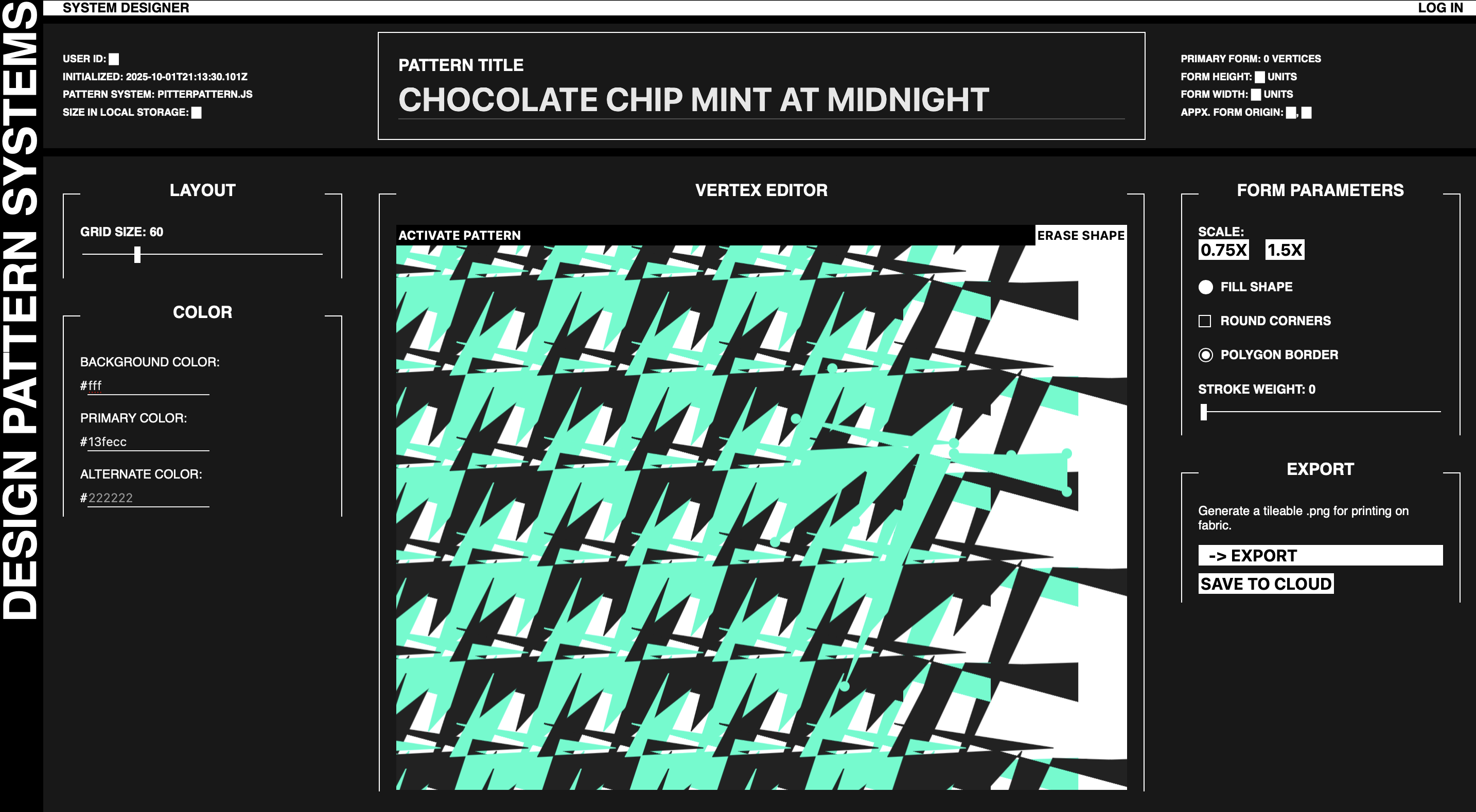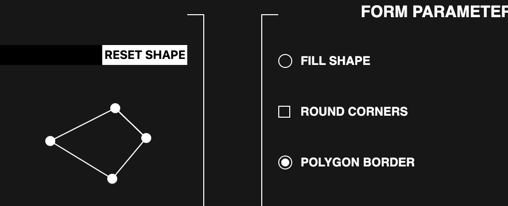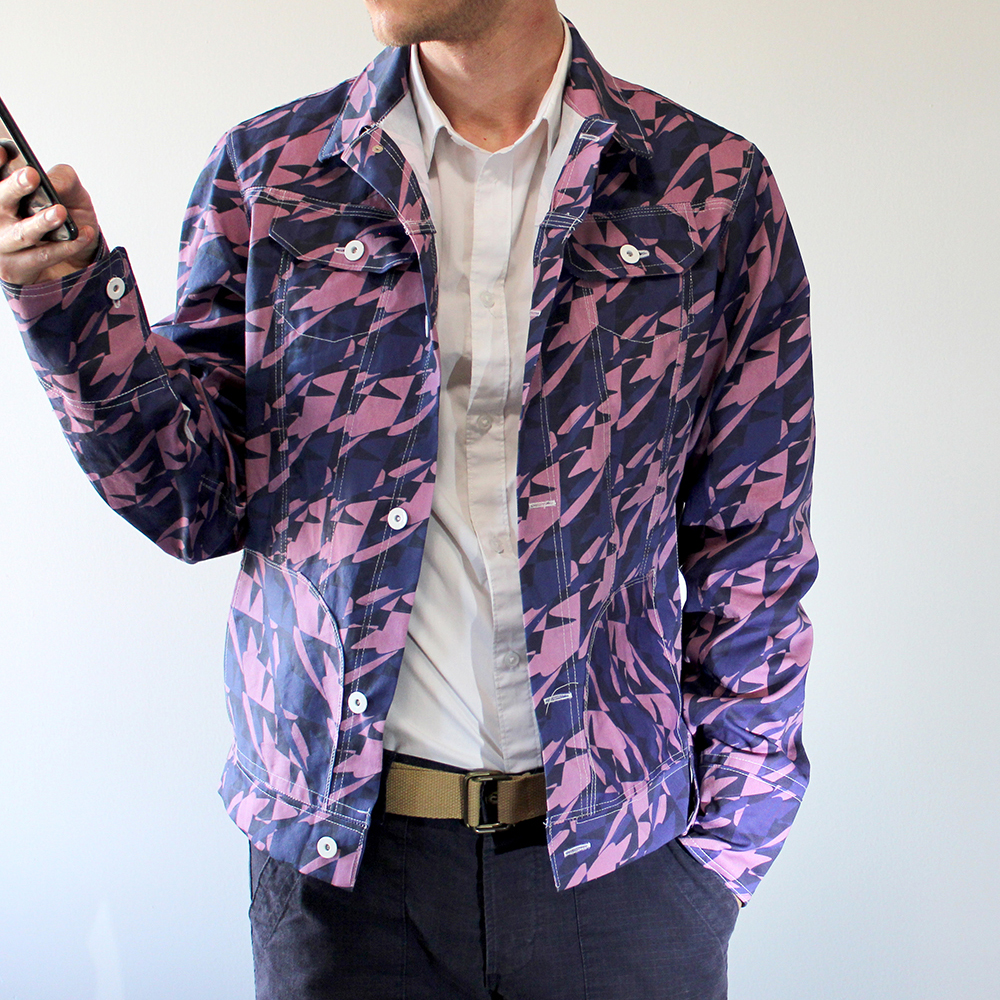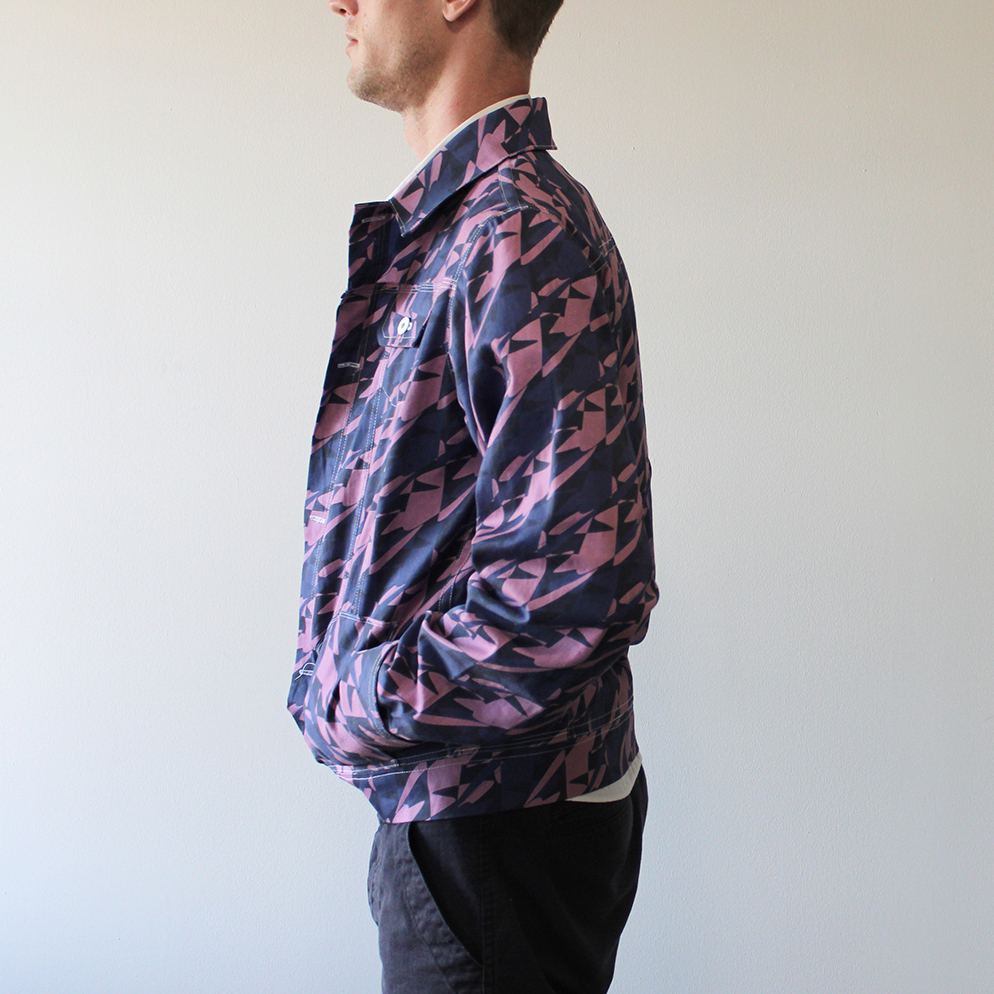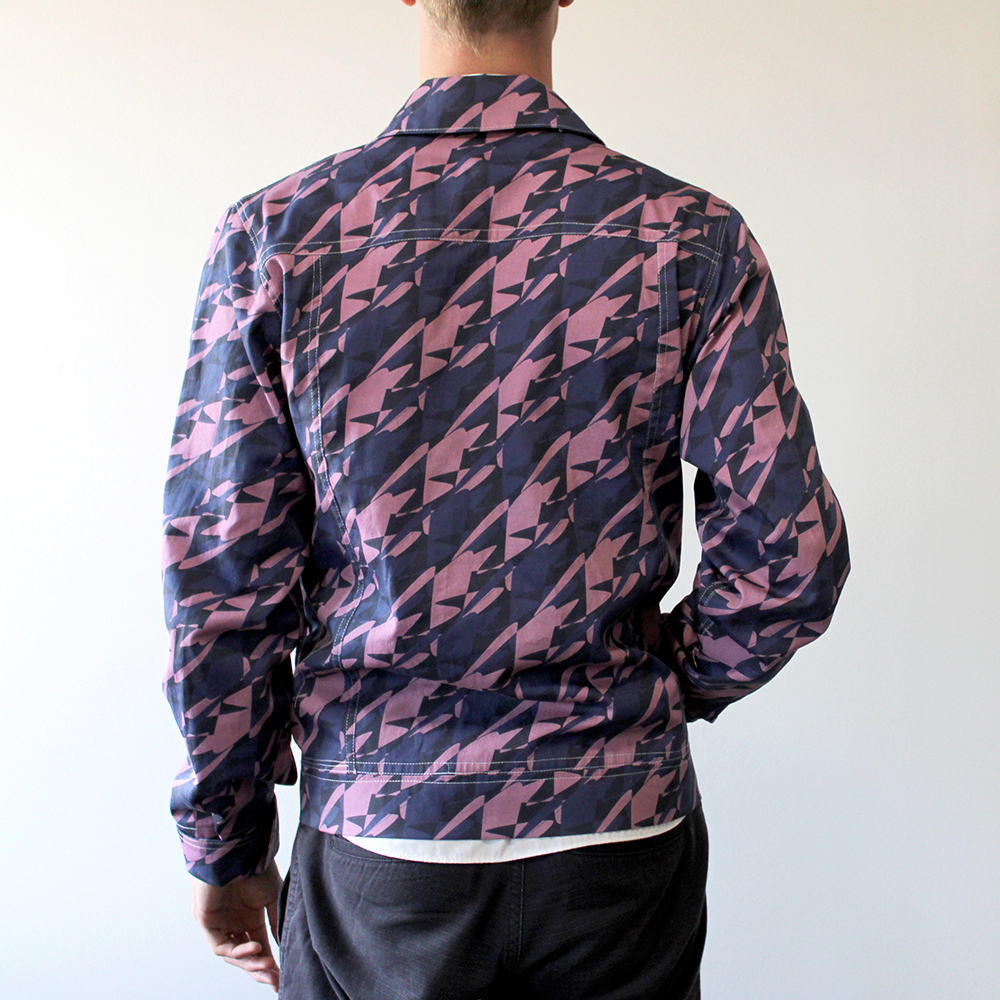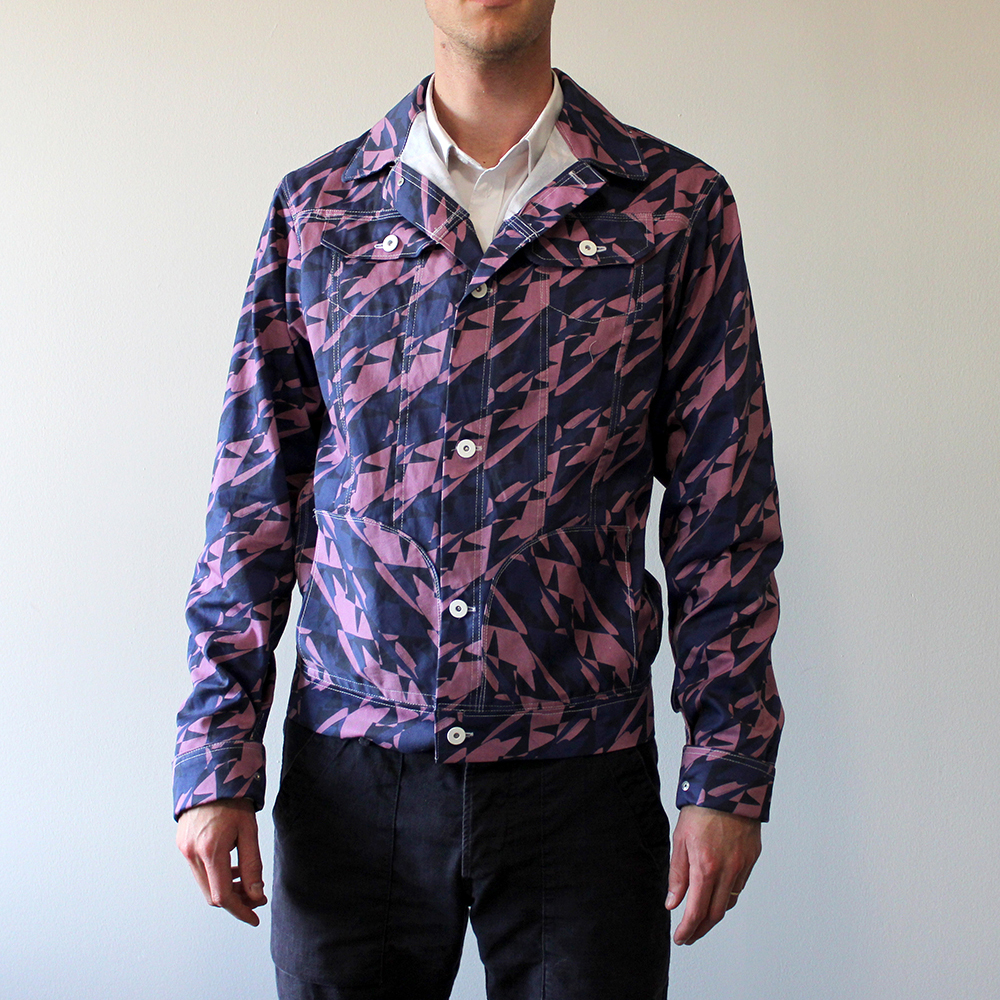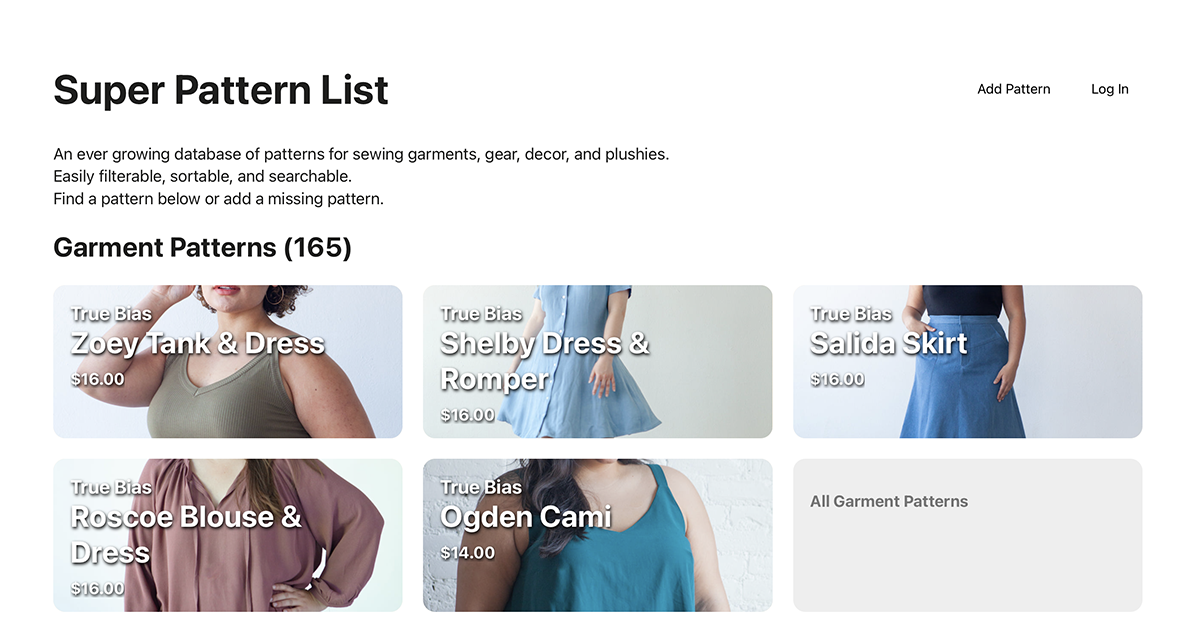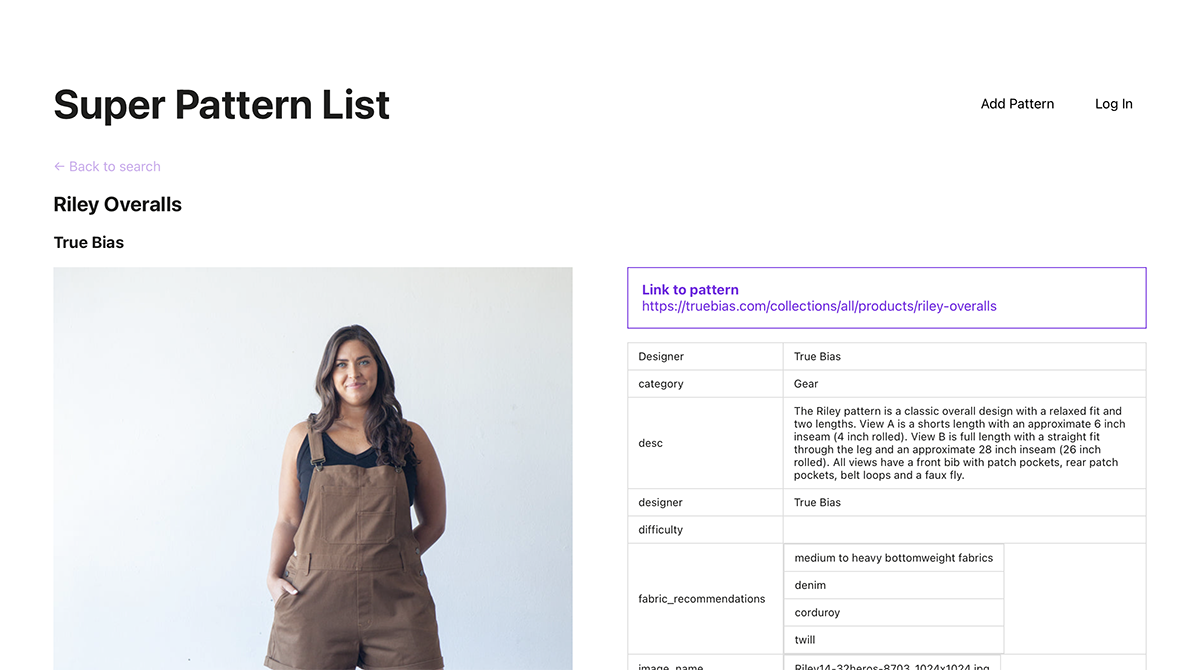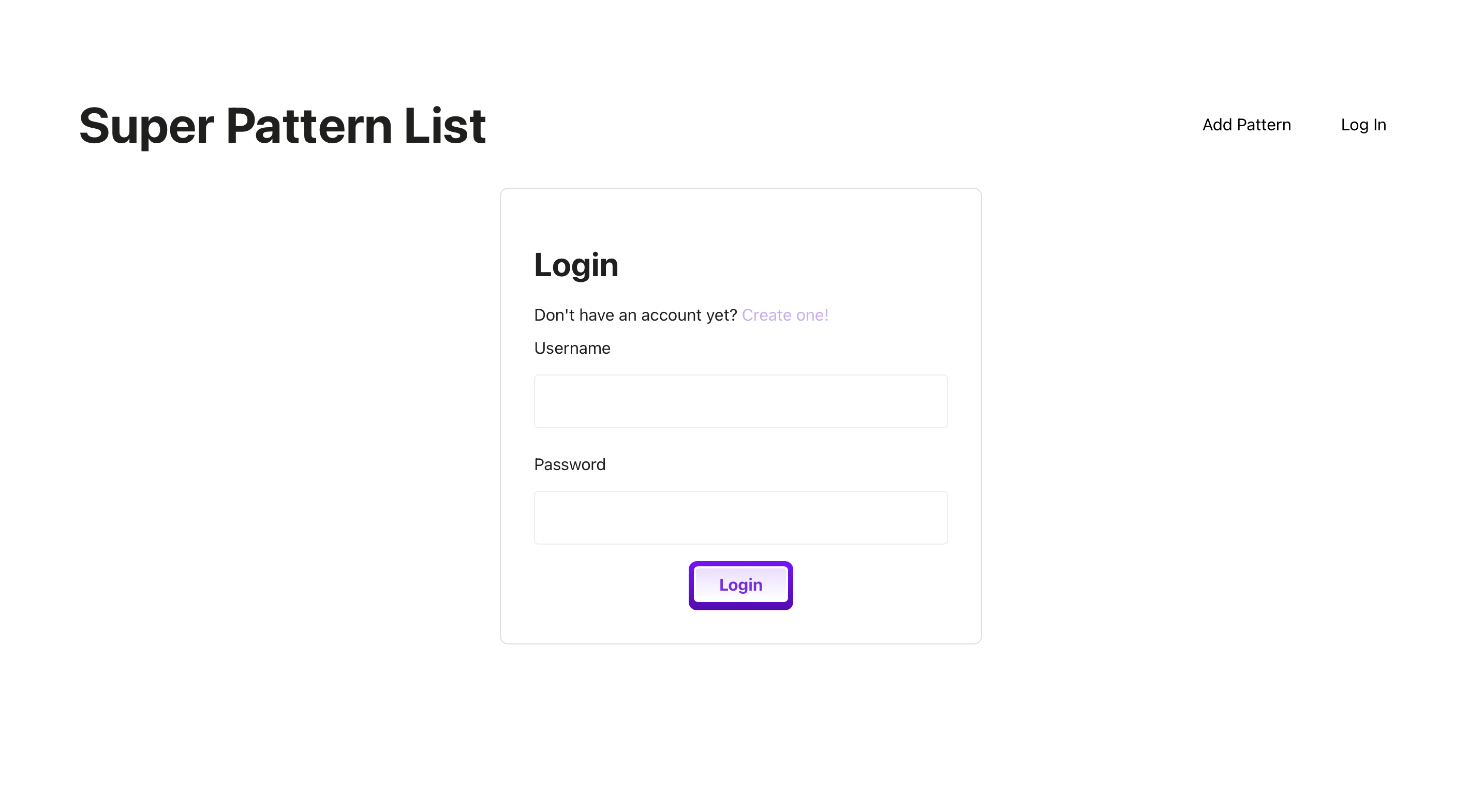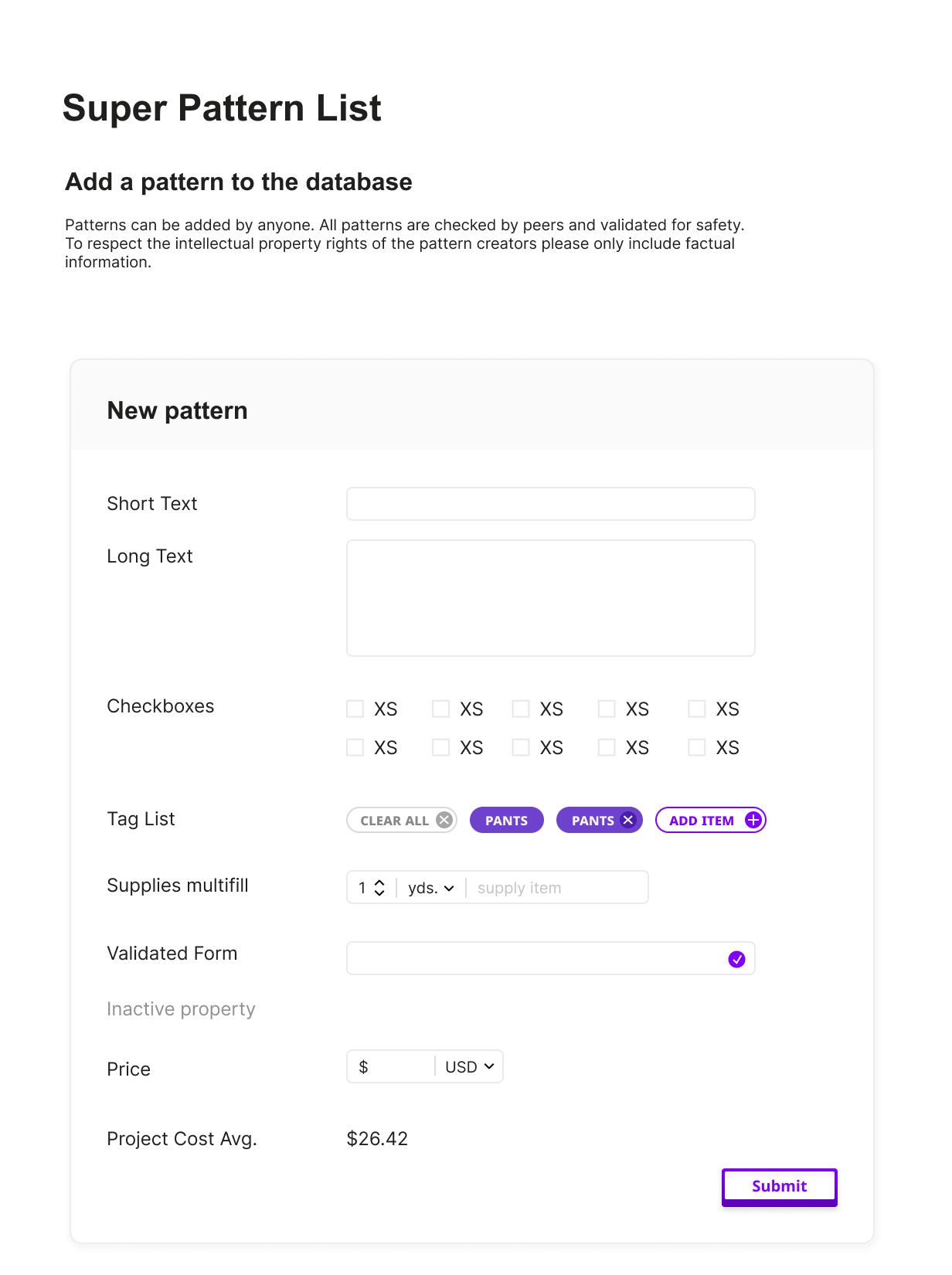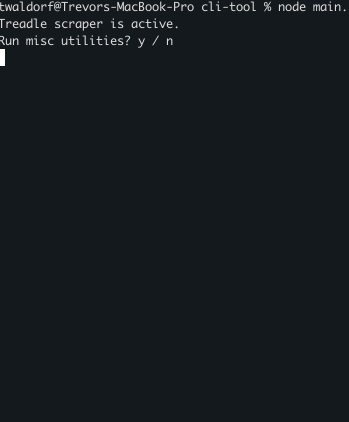← Trevor Waldorf
Tool development and data aggregation for textile design
Motivation
Building artist tools
In my own life, software seems to be most valuable when used for accounting and drawing. This is broadly true for everyone, as some of the most valuable software companies are financial services firms (Tether, Citadel, Nasdaq) and companies that sell composition tools (Microsoft, Adobe, Autodesk).
I have always focused on making software tools which enable efficient, productive, and novel artistic / industrial / craft output. Early in my career this looked like marketplaces (DesignMeetsBeats.com) and product-enabled agencies (Mocktail) and later platforms and protocol ecosystems (Decentraland). Since Decentraland I have trended to more technical production tools. DesignPatternSystems was the first step in that direction.
Seamless repetition is a pain
Printed repeating fabric patterns are a common design element across the soft goods industry globally. A problem with designing repeating textile patterns for printing on fabric is that it is painful.
Why repeat tiling is painful: Illustrator and other software have perfect tiling support but it is not realtime and it relies on shape generation being done in the main design workflow then converted into tiling (a one way procedure). The fact that the workflow is commonly used is evidence that a specific tool would be valuable–one that goes beyond the ‘satisfice’.
Solutions
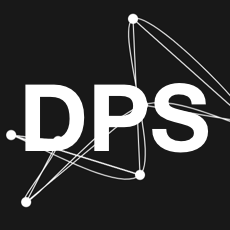 Design Pattern . Systems
Design Pattern . Systems
DPS is a simple realtime shape tiling tool for generating seamlessly repeating patterns for printing on fabrics.
